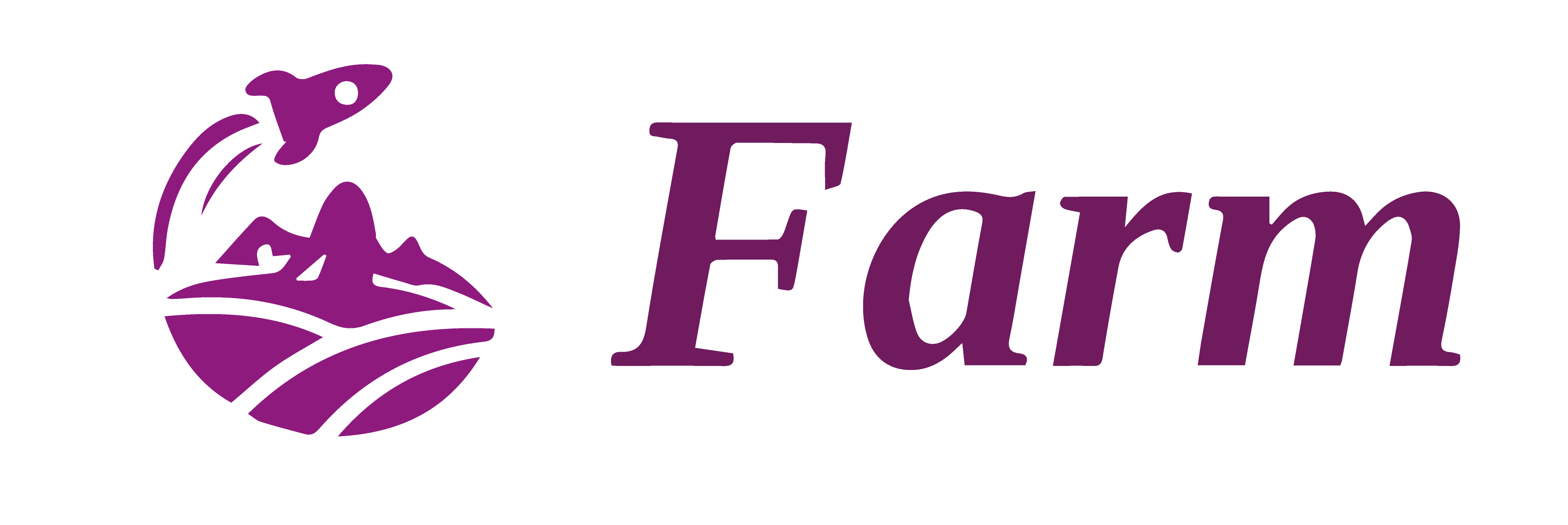Html
Basic Usage
Farm support compile Html out of box, and you should use Html as entry when build a web project, for example:
import type { defineConfig } from "@farmfe/core";
export default defineConfig({
input: {
index: "./index.html", // using ./index.html as entry
},
});
If the input is not specified, default to { index: 'index.html' }.
and in ./index.html, a <script src="./xxx"> should be used to refer to your script entry.
<html>
<!-- ... -->
<body>
<div id="root"></div>
<!-- index.ts is the script entry -->
<script src="./index.ts"></script>
</body>
</html>
and you can also use <link href="./xxx"> to refer to your global css.
Farm will transform these scripts and links to final production resources when compiling. Note that you have to use relative path when you want to refer to a local module, for example <script src="./index.tsx"></script> will refer to a local module and compile it, but <script src="/index.tsx"></script> or <script src="https://xxx.com/index.tsx"></script> would not.
The script and link can refer to any module types that farm support, for example, js, jsx, ts, tsx, or other module types supported by plugins. You can use as many scripts or links as you want.
Multi Page App
If you are building a Multi Page Application, just configure multiple html input, for example:
import type { UserConfig } from "@farmfe/core";
export function defineConfig(config: UserConfig) {
return config;
}
export default defineConfig({
compilation: {
input: {
home: "./index.html", // Home Page
about: "./about.html", // About Page
// ... more pages
},
},
});
Farm will compile these pages in parallel, and all dependencies of these pages will be shared too.
Inherit html template
Farm supports inherit html template by using html.base config, which is helpful when building a multi-page application with html shared.
import type { UserConfig } from "@farmfe/core";
export function defineConfig(config: UserConfig) {
return config;
}
export default defineConfig({
// ...
compilation: {
input: {
home: "./index.html", // Home Page
about: "./about.html", // About Page
// ... more pages
},
html: {
base: "./base.html",
},
},
});
Then add a base.html, placeholder {{children}} will be replaced by children's content.
<!DOCTYPE html>
<html lang="en">
<head>
<meta charset="UTF-8" />
<meta http-equiv="X-UA-Compatible" content="IE=edge" />
<meta name="viewport" content="width=device-width, initial-scale=1.0" />
<title>Document</title>
</head>
<body>
<div id="root"></div>
<!-- using children placeholder and it will be replaced -->
{{children}}
</body>
</html>
Inherit ./base.html:
<!-- Other fields are inherit from ../base.html -->
<script src="./index.tsx"></script>
